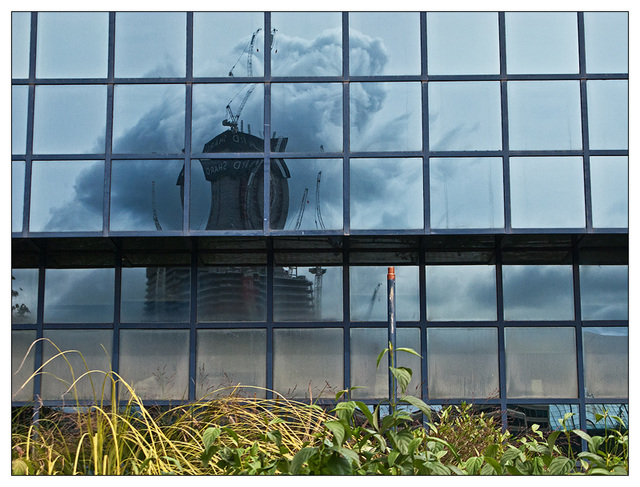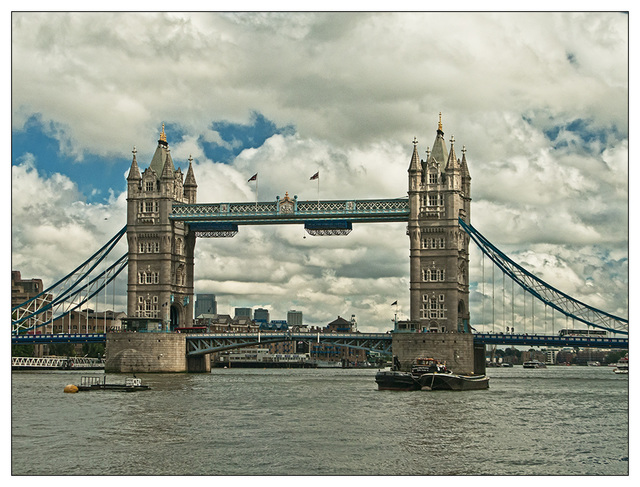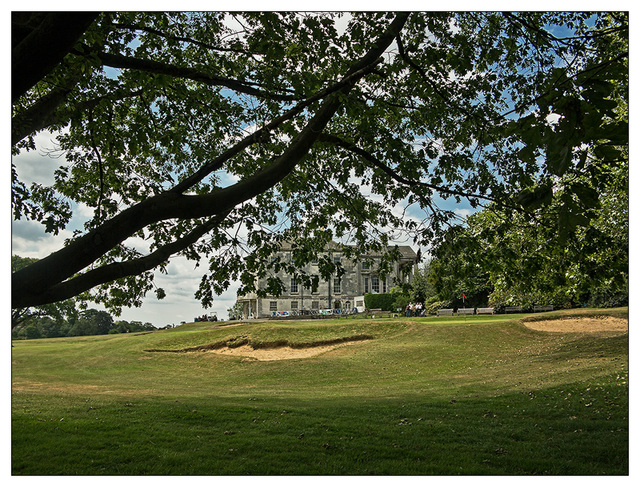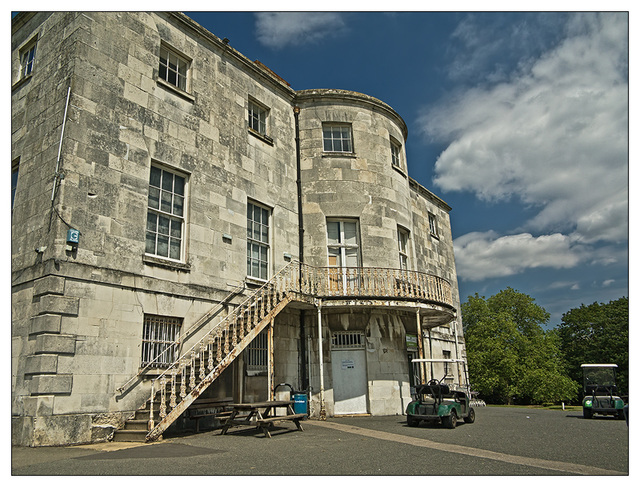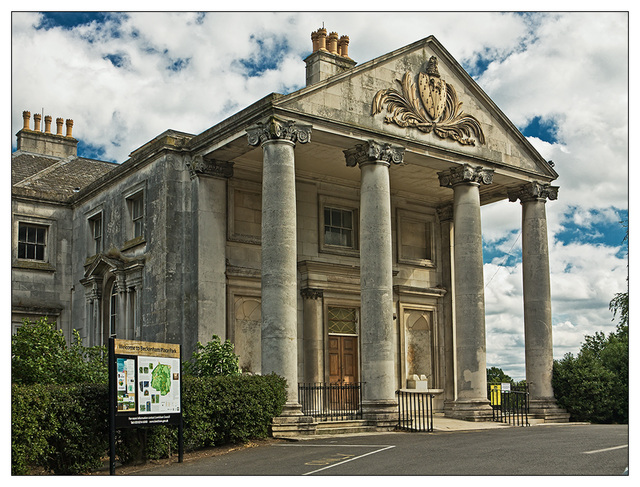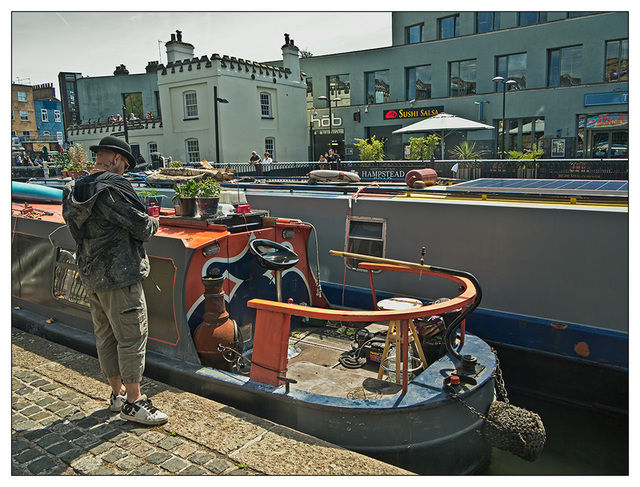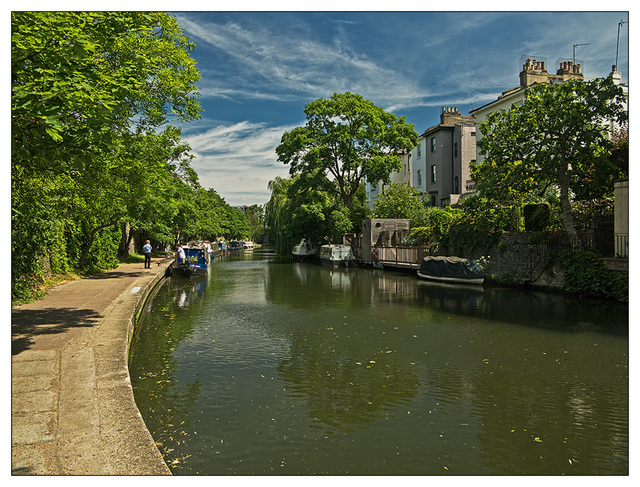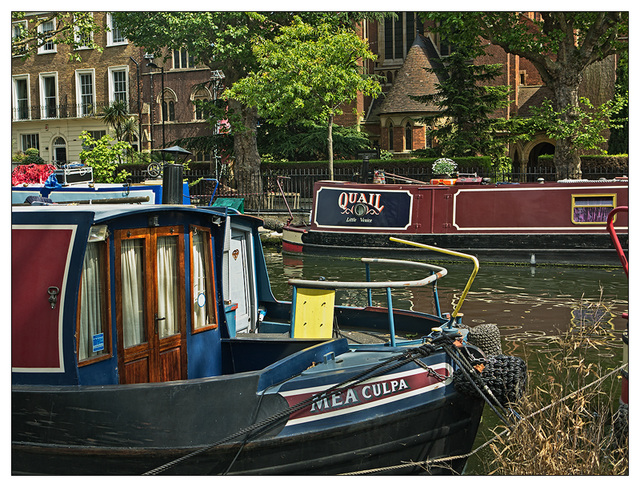
London
A vision
I was strolling along the Thames when I saw this vision...
23 Aug 2010
21 favorites
8 comments
A London icon
I'm just back from my trip to London.
It will take a while before I'll be able to post the new photos here.
Meanwhile I want to thank all the friends who left a comment wishing me a nice trip.
I'm posting here the original file of the previous photo which I used to make my announcement. I had blurred the image purposely to focus the attention to my announcement.
I thought it could be interesting to see the differences for the ones who appreciated the previous one (which I'm going to delete soon)
Beckenham Place Park
I stayed in the far south of London, at Beckenham Hill, Nr Bromley, and so quite far from city centre. One positive thing was that there was a lovely park very close to our house, with a golf course and pleasant foot paths.
Here you can see the Golf club (called Southwater close).
PLEASE CLICK ON THE PHOTO TO SEE IT BETTER
Beckenahm Place clubhouse
This is another sight of the same building visible in my previous photo.
From Wikipedia, the free encyclopedia
Beckenham Place Park is a large park located in the London Borough of Lewisham. It lies close to the border with London Borough of Bromley. It includes an 18-hole public (municipal) golf course. The Palladian-style former mansion that gave the park its name now serves as an information centre and golf course clubhouse and cafe.
History of the park
Beckenham Manor has medieval origins and is mentioned in the Domesday Book as belonging to the Bishop of Bayeux. In the 17th century, the whole estate was owned by Walter St John, with manorial rights passing to the noted Quaker and MP John Cator in 1773.
Cator, reputed to be friends with Swedish botanist Carl Linnaeus and son-in-law of Peter Collinson, introduced many exotic tree species and a lake, which is now dry. Even today, there are reputed to be 60 species of tree on the estate. Cator built the mansion that stands today.[1]
The evidence for a visit by Linnaeus is slim, he is only recorded as visiting England in 1735, long before Cator's
birth and time at Beckenham Place. Although Linnaeus corresponded with Peter Collinson or Collinson wrote to Linnaeus regularly about botonay etc. there is no firm evidence (perhaps yet to be found) that Linnaeus or indeed, Collinson, had direct input into the landscape design of Beckenham Place Park. However, Collinson's daughter Mary, John Cator's wife, would presumably have been influenced by her fathers experience with his gardens at Peckham and Mill Hill as well as his interest in collecting and introducing plants to Britain. Collinson's letters recorded in 'Forget Thee Not My Garden' are interesting and insightful. Investigation of the life spans of Linnaeus, Collinson and Cator and the acquisition of Beckenham Place at least suggest that the meeting and involvement was unlikely if not impossible.
The mansion remained with the Cator family until the 20th century, although inhabited by tenants for most of the 19th century – including a boys school and sanitorium in the early 20th century – before being bought by London County Council in 1927. When the golf course (established in 1907) became in 1929 the first municipally owned course in England (and also reputedly the busiest).
The mansion was retained as a clubhouse.
Clubhouse façade
After having posted two other sights of this building (please see previous photos for info) I could not miss posting also the façade.
PLEASE CLICK ON THE PHOTO TO SEE IT BETTER
Regent's Canal, London
From Wikipedia
“Regent's Canal is a canal across an area just north of central London, England. It provides a link from the Paddington Arm of the Grand Union Canal, just north-west of Paddington Basin in the west, to the Limehouse Basin and the River Thames in east London. The canal is 13.8 kilometres (8.6 miles) long.”
While in London I had a lovely long walk along the banks of the Regent’s canal from Camden town lock to Paddington station. In spite of it passing through central London the walk is a very quiet and little attended one. The best part of it, where most of the narrow boats are berthed is called “Little Venice”. They should have called it Little Amsterdam instead, in my opinion…
Here you can see the canal at Camden Town lock. This gentleman is waiting for the lock to be opened and so go on his journey towards East and the river Thames. Willingly he might continue his navigation up the river Thames and reach Oxford where our friend Iris lives…
Regent's Canal II
See note to the previous photo to read some basic information about this canal and place.
Camden Lock market
A bit of local folklore...
light was too strong, too many people around, too much of everything....
CLICK ON THE PHOTO FOR A BETTER VISION
Mea culpa
This is Little Venice, the main mooring place on the Regent's Canal, near Paddington Station, London.
Jump to top
RSS feed- Latest items - Subscribe to the latest items added to this album
- ipernity © 2007-2025
- Help & Contact
|
Club news
|
About ipernity
|
History |
ipernity Club & Prices |
Guide of good conduct
Donate | Group guidelines | Privacy policy | Terms of use | Statutes | In memoria -
Facebook
Twitter

